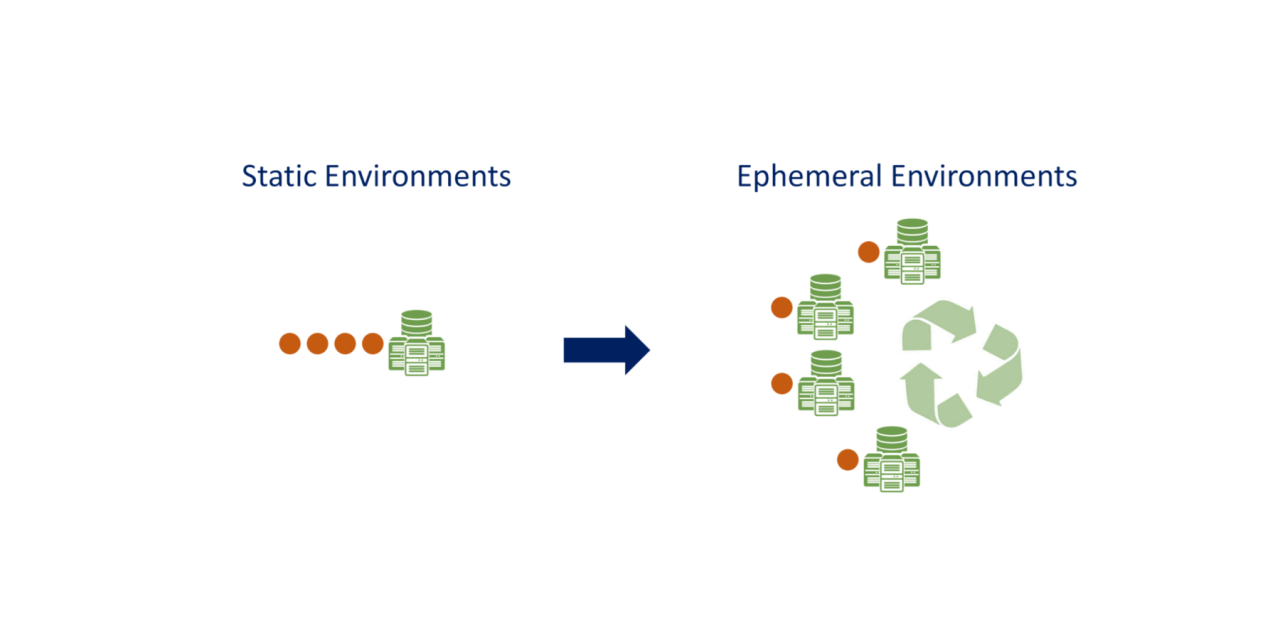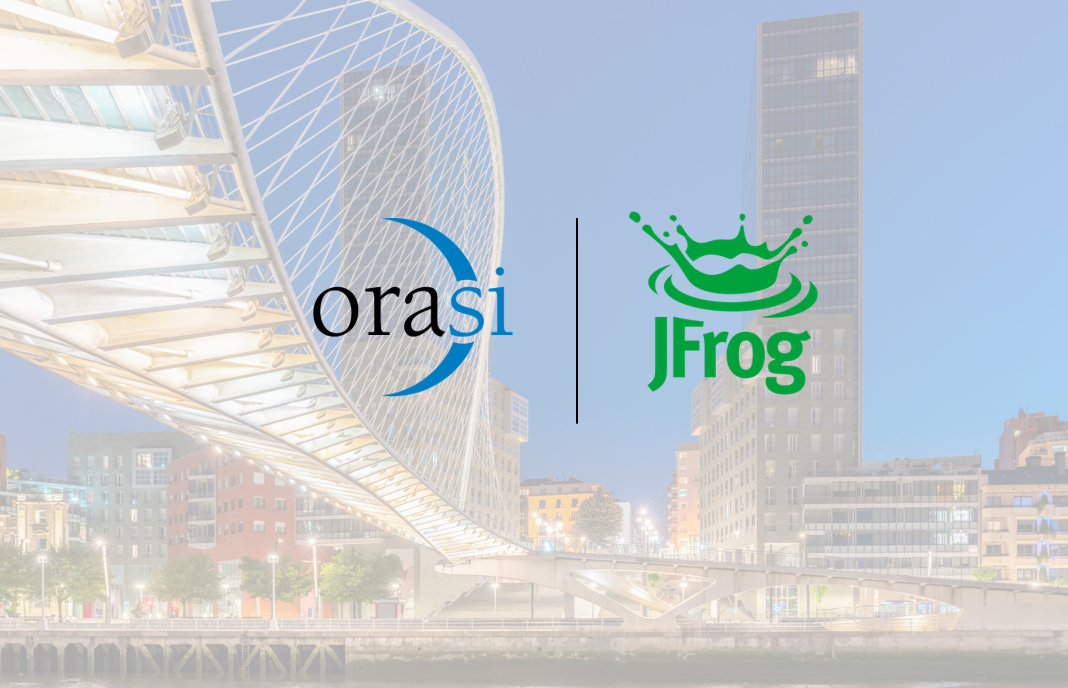By: Terry Brennan, Managing Director
In the previous article, we discussed Continuous Testing – Shift Left including refactoring the value stream, moving testing earlier, increasing collaboration, and engraining QA into the entire lifecycle. In this article, we are going to focus on the ephemeral environment element.
Embracing test automation and the idea of shift left provides significant momentum for Continuous Testing. However, to truly refactor the IT value stream for maximum impact one must look at dependencies and constraints that cause blockages within the flow. One typical blockage is static, shared environments. Whether forcing tests to be sequential, creating complications in debugging, clouding test results, invalidating data, etc. – static, shared environments create challenges when multiple groups try to execute testing or other use cases within the same environment at the same time.
For example, it’s common to see instances where performance testing and other types of testing are executed within the same static environment. This creates challenges like:
1) Actively developed applications push changes directly into the environment breaking the performance scripts or runs
2) Functional testing performed in parallel causing problems in the performance testing results
3) Data assumptions getting invalided
4) Debugging becoming complicated with multiple testing scenarios executing at the same time
With so many potential impacts, performance #Testing becomes less efficient and less reliable.
Read more in Terry Brennan’s fourth LinkedIn article here.


